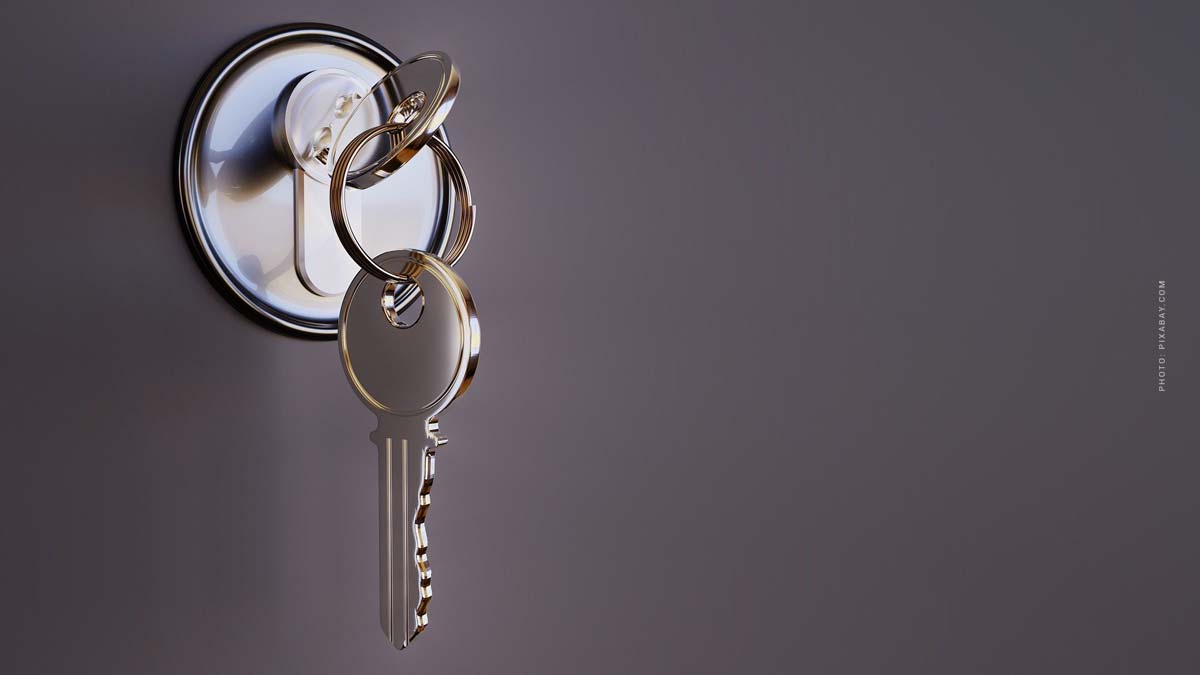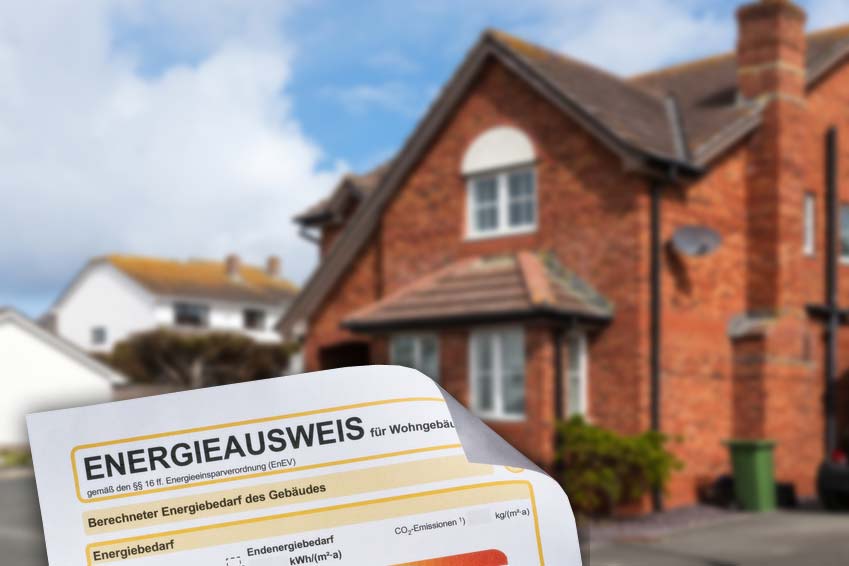Rental yield vs purchase price factor: Explained! Calculate for quick valuation / comparison of real estate
Calculate rental yield vs. purchase price factor – What is actually the difference between purchase price factor and gross rental yield? Real estate beginners and novices often hear two technical terms when it comes to property valuation, purchase price factor and gross rental yield (simply rental yield). Both help with quick property valuations so you can compare different offers. Even before the viewing, still when looking at exposé, offer or advertisement in the real estate portal.
Difference: purchase price factor and rental yield
For the calculation of both results, the same factors are used. The annual rental income and the investment costs. The difference lies only in the preparation of the calculation and thus in the result.
Both give an indication of profitability.
Rental yield: result says…. Definition
Result for rental yield calculation:
Rental yield > How much surplus remains each month to cover repayments, interest and reserves for repairs or capital accumulation?
Purchase price factor: result tells… Definition
Result for purchase price factor calculation:
Purchase price factor > In how many years will the investment costs be paid off by the annual rental income?
Simplified, the formulas you’re about to learn look like this:
- X / Y = Z1
- Y / X = Z2
Z = Profitability
My recommendation for beginners: rental yield
As a real estate beginner, you’ll need ongoing income quickly because most of your equity is probably in your first property. For beginners, it therefore makes sense to compare properties on the basis of rental yields. This way, you immediately know what monthly surplus an individual property can generate (for you).
The purchase price factor is more interesting for longer-term investments (target: appreciation and 10, 20, 30 years; before that you pay monthly), where short-term cash flow is not important.
- Tip. Read more about the difference here, on my new project, specifically for real estate buyers! The subtleties between yield & investment real estate – external
Either way, both calculations aim to help them compare different property listings and do it quickly!
Rental yield: Example
Let’s look at both forms of profitability calculation again in detail, with examples.
Once again, briefly the definition: If you calculate the gross rental yield, the result tells you what surplus remains monthly and forms your cash flow. For the repayment and interest (financing of the bank), as well as reserves for maintenance, or everything that then remains for your own, additional asset accumulation.
Formula and comparison
Rental yield = annual net income / investment * 100
Purchase price is 100,000, annual rent 3,200. Calculation looks like this:
- 3,2 = 3.200 / 100.000 * 100
- Result: 3.2
Calculate rental yield: Offer comparison (example)
The result of this calculation is always a percentage. This tells you how much surplus remains to cover the costs (repayment, interest, reserves for maintenance) and ideally a further surplus remains for you as an investor in the property.
With the current interest rate situation, you can expect approx:
- 2 % redemption
- 2% interest
- 2 % Management and maintenance reserves
reckon. Accordingly, properties with a yield of over 6% are interesting for you as a buyer.
- Yield therefore 6% + X
Just like the purchase price factor, you compare different offers in a quick way, based on two factors, the purchase price and the achievable annual rent.
- Object A: Rental yield 6.8%
- Object B: Rental yield 5.3%
- Object C: Rental yield 7.5%
- Property D: Rental yield 4.2%
- …
Accordingly, you would choose to look more closely at Property C, with a 7.5% yield (+1.5% over target of 6%). So the tenant pays off your property and you would have additional monthly income. Also, property A, with still 6.8% yield.
For object B, with 5.3%, you could check later, with your own experience and even more knowledge, whether there are any optimization possibilities, e.g. rent increase, if no adjustments are made by the landlord for a long time.
Learn even more about the return on investment!
At Real Estate-Experience.com, I’ll show you even more about rental yield and ways to make quick valuations, including looking at property location. Learn all about the here:
Purchase price factor: Example
Again, as a reminder, the definition: if you calculate the purchase price factor as a result, it tells them in how many years the rental income, the investment costs covered.
Calculate purchase price factor: Offer comparison
The purchase price factor is typically between 10 and 40, depending on the region and location of the property, condition and so on. In Berlin the value is between 30 and 38, in cities like Düsseldorf it is between 18 and 24.
Formula and comparison
Purchase price factor = investment / annual net income
Purchase price is 100,000, annual rent 3,200. Calculation looks like this:
- 31,25 = 100.000 / 3.200
- Result: 31.25, so ~ 31
Accordingly, your comparison of real estate listings will look something like this:
- Object A: Purchase price factor 18
- Object B: Purchase price factor 21
- Object C: Purchase price factor 19
- Object D: Purchase price factor 17
So property D is the most profitable, because the financing would be paid by the rent within 17 years. Property A would be paid off within 18 years, property C within 19 years and property B, would need 21 years to pay off the entire financing, through the rental income.
Therefore this tip for you!
Tip. Calculate annual rent
How can you actually calculate the possible annual rent? You are probably looking for your property on a real estate portal, such as ImmobilienScout24, Immonet or another provider. Simply change your search filter from buy to rent. You can already see what rental prices are being charged for comparable properties in the same area or, even better, neighbourhood (1 km radius search). From this, you can forecast the possible annual rent that can be achieved for your property.
Of course, independent of the rent optimization just mentioned, if the previous owner has not made any rent adjustments for a long time, in addition there are upgrading possibilities and expansion possibilities, depending on the type of property.
Conclusion: Purchase price factor and rental yield simply explained
I hope you have found here the simplest explanation there is for purchase price factor and rental yield! If you want to learn even more on the subject of buying a property, whether owner-occupation or investment, numerous articles, guides and checklists, all free and available 24 hours online, with us!
Apartment, house, apartment building, everything for real estate beginners!
Now new on Immobilien-Erfahrung.de:
- Buying real estate: learn – external
In addition, for all beginners, still this tip:















